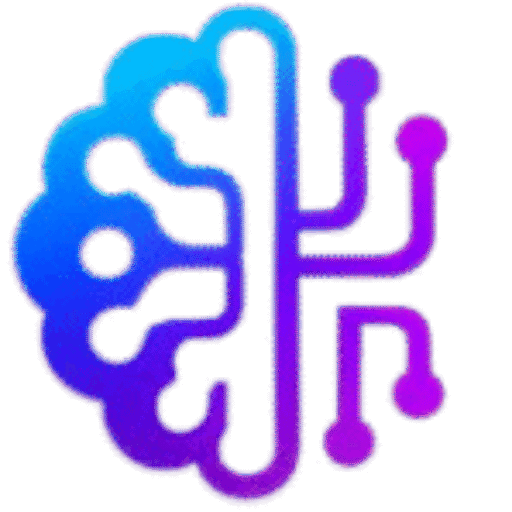Comparison: Traditional Design Tools vs. AI-Powered Tools—Which One Wins?
The 2:30 AM Designer Dilemma
“It’s 2:30 AM. Sarah, a product designer, sits in her small studio, eyes locked on her laptop screen. Her client presentation is in 7 hours, and the homepage prototype still isn’t finished…”
This used to be the daily grind for many designers like Sarah. Long hours, constant back-and-forth, and loads of manual work. But then came AI.
Today, Sarah finishes in half the time. With just a few prompts and clicks, she generates layout suggestions, color schemes, and UX copy in minutes. How? She now uses AI-powered design tools.
But the big question is
Are AI design tools better than traditional ones? Or is it just hype?
Let’s walk through a story-driven comparison to find out what works—and when.
Traditional Design Tools—The Old School Heroes<h2>
What Are They?
Traditional design tools are the non-AI tools most of us learned first. Think of
- Adobe Photoshop/Illustrator
- Sketch
- Figma (manual use)
- Canva (basic use)
- Pen & Paper for wireframes
How They Work
You manually design everything.
- Choose every color
- Draw every shape
- Write all UX text
- Resize and align by hand
- No smart suggestions or automation
Why Designers Still Love Them
- Full creative control
- Precision (especially in advanced illustrations or branding)
- No “robot errors.”
- You learn core design thinking
AI-Powered Design Tools—The New Players in Town<h2>
What Are They?
AI-powered tools use machine learning to help you design faster and smarter. Examples include:
- Uizard—Sketch to UI
- Galileo AI—prompt to interface
- Khroma—AI color palettes
- Runway ML—image & video editing
- Figma AI plugins—smart resizing, copy, and mockup generation
- ChatGPT—generate UX microcopy
How They Work
You give a prompt or click a smart button, and the tool:
- Suggests layout ideas
- Creates images or color schemes
- Writes button texts or UX instructions
- Auto-aligns, resizes, and polishes designs
Traditional vs. AI Design Tools: Real-Life Comparison
Let’s walk through a few real-life tasks Sarah faced in both systems.
Task 1: Creating a Wireframe
Traditional Way:
Sarah opens Figma. She draws frames, buttons, input fields, and text one by one. It takes 3–4 hours just to build a homepage wireframe.
AI Way:
She types, “Homepage wireframe for a fitness app with sign-up, banner, and features.”
Uizard instantly generates a complete structure.
- Time saved: 3+ hours
- Control: Lower
- Speed: 10x faster
Task 2: Choosing Colors & Fonts
Traditional Way:
Sarah spends 45 minutes picking a palette that feels energetic and modern. She tries 5 combinations.
AI Way:
She uses Khroma. It asks her favorite colors, then suggests 20+ matching palettes.
She picks one in 5 minutes.
- Time saved: 40 minutes
- Control: Good (still customizable)
- Creativity: AI expands her style options
Task 3: Writing UX Copy
Traditional Way:
She writes, “Welcome to FitFlex. Your fitness journey starts here.”
Then rewrites it 10 times.
AI Way:
She asks ChatGPT, “Write a friendly homepage heading for a fitness app for women.”
Response: “Ready to Glow? Fitness Made Just for You.”
- Time saved: 20+ minutes
- Quality: High (with edits)
- Creativity: Boosted by suggestions
Task 4: Image Editing
Traditional Way:
Photoshop: remove background, blur, and add effect manually. 15 minutes.
AI Way:
Upload the image to Remove.bg or Runway ML—background gone in 5 seconds.
- Time saved: 14 minutes
- Precision: AI needs checking sometimes
- Ease: Beginner-friendly
Summary Table: Traditional vs. AI-Powered Tools<h2>
| Feature/Task | Traditional Tools | AI-Powered Tools |
|---|---|---|
| Speed | Slow | Extremely fast |
| Creative Control | High | Medium (but growing) |
| Accuracy | Manual precision | Auto-suggestions (needs review) |
| Learning Curve | Steep | Easy |
| Best For | Branding, illustration | Wireframes, mockups, quick edits |
| Cost | Often paid | Mostly free/freemium |
When to Use Which
Use Traditional Tools When:
- You’re working on brand identity, logos, or pixel-perfect designs
- You want full control over every element
- You’re building high-end client projects
- You need to learn design principles deeply
Use AI-Powered Tools When:
- You need fast mockups, wireframes, or MVPs
- You’re testing layout ideas or UI concepts
- You’re low on time or working solo
- You want help with copy, color, or inspiration
Pro Tip: Best results come when you use both together.
Use AI for the rough layout → polish it with traditional tools.
Real-Life Story: How Sarah Designed a Client App in One Night
Sarah had a new freelance client from LinkedIn. They needed an e-commerce mobile app mockup by morning.
Normally, she’d panic.
This time, she used
- Uizard for wireframe
- ChatGPT for button labels
- Khroma for a fresh pink-themed color palette
- Figma to adjust spacing and export the final design
She delivered the design in 5 hours instead of 2 days.
Client feedback?
“Incredible turnaround.”





